Formerly the realm of healthcare workers and few others, wearing a mask on a daily basis has now become a primary issue for millions of people. As with anything that was formerly niche, now mainstream, many small-scale issues are now receiving large-scale attention.
Among those issues is that of facial hair. Wearing a mask means having a piece of apparel – cotton, linen, paper, or what have you – pressed up against the face. This can lead to all manner of problems:
- The mask rubbing against hair all day long can leave the skin beneath irritated.
- A mask can fold a beard inward, irritating and tickling the neck while the mask is worn.
- The elastic ear bands of the mask can catch on hair and be painful when you take off the mask later.
- Facial hair interrupts the continuity of a face seal in the case of face-sealing respirators, which prevents proper fit testing and full protection from that style of mask.
- Longer beards can form a physical obstacle preventing a mask from properly wrapping around the chin, which inhibits both filtration and comfort.
And of course, you end up with all of the common mask fitting issues with a beard in play. Masks can ride up, exposing your mouth, or slip downwards, exposing your nose. A mask is also meant to trap moisture, and that moisture has to go somewhere; it ends up trapped in your beard. Not only is this unflattering when you have to take the mask off later, it means your beard can develop a funk.
Then you have the potential cosmetic issue. Many men cultivate their beards and put a lot of time and energy into caring for them. A mask pressing against them can crease or press a divot into the texture of the beard, which can be difficult to smooth out later.
Remember the Purpose of Your Mask
While much of the current media about masks is focused on COVID-19, it’s worthwhile remembering that people wear masks for many purposes. Different purposes require different masks and different considerations.
First up, you have the virus. Wearing a mask to limit the spread of the virus is not about protecting you; it’s about protecting other people from you. The reason is that you can have and carry the virus without knowing it, and can infect others around you before you see symptoms yourself. That’s part of what makes the virus so dangerous.

A simple cloth mask without a filter element may not have the capability to prevent the spread of the virus itself. Virus particles are far too small to be caught in a single, unfiltered piece of cloth. A mask is meant to capture not the virus itself, but the droplets of moisture from your breath that carry it. This is why many non-filtered cloth masks are reasonably effective, but not 100% effective.
One of the primary considerations with COVID-19 is viral load. Two people can be exposed by the same person, and have very different experiences with the disease, even if they’re in similar health situations. One person getting a passing exposure might get a low viral load, leading to a minor infection that is more easily fought off. The other might get a higher viral load, leading to a more major infection with worse health symptoms and risks.
Cloth masks without any form of filter are not going to be as effective as a filtered mask, but they’ll at least lower the viral load that passes through them, protecting other people from you.
What this also means is that a beard doesn’t necessarily interfere with the function of a cloth mask too much. Tiny gaps around the side of a cloth mask are expected, so when those gaps are a little wider, it’s no worse than wearing a non-mask facial covering, like a neck gaiter or a bandana. We don’t recommend wearing those anyway.
A second purpose you may have for a mask is hazardous particles. Whether it’s smoke from the fires on the west coast, sawdust and debris from a construction site, dust from deep house cleaning or an attic/basement crawlspace excursion, or what have you; these particles are dangerous to inhale for many reasons. Some, like the debris of mice and rats, can carry disease. Others, like asbestos dust, can cause cancer. Many, like wildfire smoke, are hazardous for a wide array of reasons.

For any heavy-duty or toxic conditions, you should consider choosing a heavy respirator with a full face seal so that it can filter the air you’re breathing. Unlike with the virus, you’re wearing the mask to protect yourself from the environment, not to protect the environment from you.
These are cases where a beard can be a hazard. When it comes down to the difference between shaving a beard or breathing in carcinogenic particles, the choice is pretty clear.
Oh, and in case you’re wondering whether the hair of your beard can help filter the air as well, the CDC says no. To quote:
“So then, why can’t facial hair act as a crude filter to capture particles that pass between the respirator sealing area and the skin? While human hair appears to be very thin to the naked eye, hair is much larger in size than the particles inhaled. Facial hair is just not dense enough and the individual hairs are too large to capture particles as an air filter does; nor will a beard trap gases and vapors like the carbon bed in a respirator cartridge. Therefore, the vast majority of particles, gases, and vapors follow the air stream right through the facial hair and into the respiratory tract of the wearer. In fact, some studies have shown that even a day or two of stubble can begin to reduce protection.”
This quote is old enough that it was published before the pandemic, and thus refers more to using a mask in regards to hazardous material, not to the cloth mask used for COVID-19. Remember; for an actual self-protecting mask, you need a filter capable of filtering out virus particles and a full face seal. For most common uses, limiting the spread, nearly any barrier is fine.
Tip #0: Consider Shaving or Trimming
We’re not considering this one of our five primary tips, because it doesn’t really mean much as a tip. Sure, if your beard is causing you issues with your mask, you can always just shave the beard off. And, yes, if you’re in a hazardous situation and require a face seal on your mask, such as dealing with smoke or working in a healthcare facility, you should. Otherwise, it’s not really a good tip.

Trimming your facial hair can be a little easier to swallow, especially if you’re one of those people who has spent years growing out their beard to the state it is now. A slight trim can help fit the beard within a large mask, allowing you more freedom to wear a face-covering without needing to deal with the edge of the mask pressing against the beard and your face.
There are a variety of facial hairstyles that can fit entirely within a mask, and while none of them make you look like a prospector from the wild west, they’re better than nothing.
Tip #1: Get a Hybrid Mask
A hybrid mask, in this case, means a mask that is one part face mask, one part bandana, or neck gaiter. A beard-compatible face mask is a larger mask that wraps further back around your head than a normal face mask and, more importantly, further down your neck. This allows the mask to fully encompass your beard from nose to neck and beyond.
These kinds of masks are a little more complicated to put on and take off than normal, and may require tucking into a shirt or simply resting the bulk of your beard contained within it. They’re best used if you have a long, bushy beard and want to keep as much of it as possible.
Note that this style of mask still wraps around the beard and comes up to enclose it. It’s closer to a face seal than a normal cloth mask would be with a beard in the way, though it’s still not an actual seal. This is in contrast to a neck gaiter, which is much looser and less likely to stop particulate than a face mask.
Tip #2: Adjust Your Beard Style
Another option you might have is using beard oils and waxes to soften up your beard and style it in a way that makes it easier to wear a mask. This is best for people with relatively small beards, rather than the longer, bushier beards that do best with an overlarge mask.
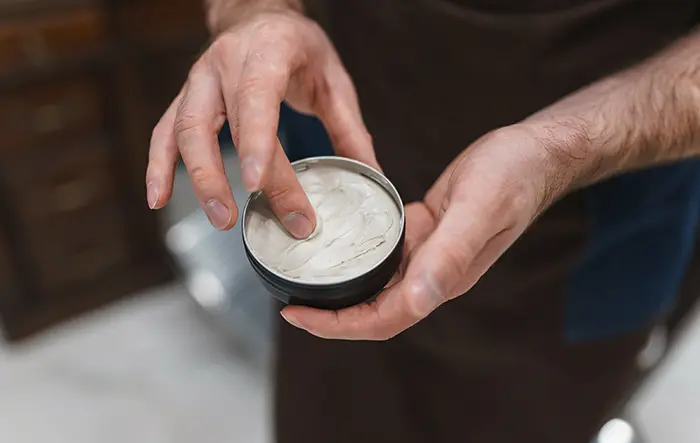
In some cases, you may be able to trim your beard slightly, shaving around where the mask will sit and trimming the rest of your beard to fit. In other cases, you may need to invent a new style for your beard by combing it inwards so it at least doesn’t obstruct your mouth and nose while wearing a mask. Nothing is quite as bad as trying to talk and constantly ending up with beard hair in your mouth or nose.
Tip #3: Keep Your Beard Clean
Many men grow beards but fail to keep their beards quite as clean and cared-for as they should. This can result in wild, thin, and patchy beards that some people still seem to wear with pride. Proper care of a beard should involve brushing, using a balm and oil combination, and washing it frequently.
Our tip to add to this is to make sure you’re washing your beard frequently. Typical recommendations are to wash your beard 2-3 times per week, but we recommend doing so more often if you’re wearing a mask every day. This helps alleviate skin irritation and beard grime that can build up from being stuck in the mask all day.
Tip #4: Pick the Right Mask
Other than size, the biggest factor you should consider when choosing a mask is the fabric type and construction. Ideally, you want a mask with a relatively tight weave, multiple layers of fabric, room for a filter as necessary, and as few creases as possible. With those features in mind, be sure to check out our line of designer face masks!
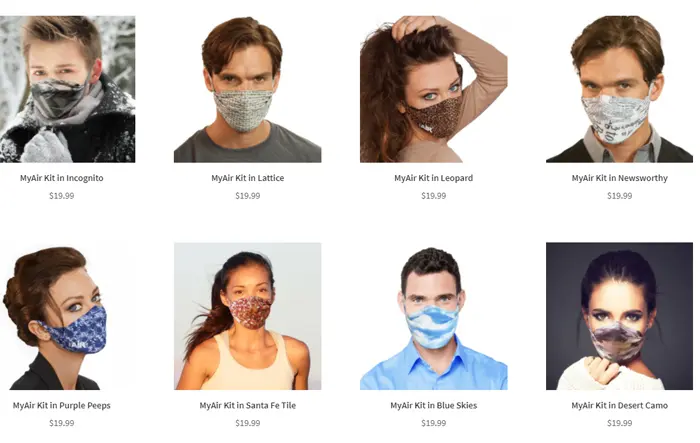
A fitted mask tends to be better than a flat, pleated mask. Why is this? Creases and coarse weaves can get hair caught in the mask itself. Hairs catching on the mask fabric can work their way through it, which can be unsightly, but can also be irritating. It means any time you move, the mask pulls on that hair, which can be painful and irritating. Worse, when you go to remove the mask later, it can be painful, and can even rip out the hair if you’re not careful.
Similarly, you want to consider the point where the mask band attaches to the mask itself. If this is coarse, knotted, or obstructive, it can get tangled in beard hair and cause issues.
Tip #5: Use This Chance for Beard Care
One of the problems with wearing a mask while having a large beard is that it traps a lot of moisture (and microbes) from your breath, which can give your beard a greasy look and a funk that isn’t pleasant for you or the people you’re close to.
Fortunately, you can help alleviate this problem and get extra conditioning in by treating the mask as a sort of spa treatment for your beard. You have the enclosed space and the moisture; now just add ingredients to make it a successful treatment. A beard oil, a beard balm, perhaps a lotion for the skin beneath; you can infuse your beard with these treatments and leave it in while you go about your business. When you’re done with your day, a self-care routine involving washing out the beard will leave it looking better than ever.
In essence, it’s sort of a simple change in mindset. Rather than treating your mask as an adversary, treat it as a tool to help you enhance the look and health of your beard while you go about the rest of your day.

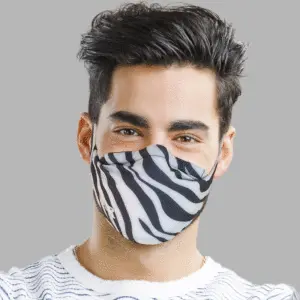
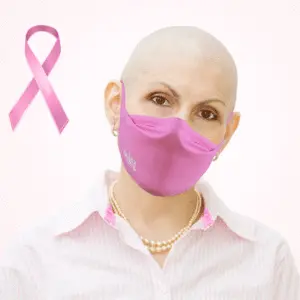

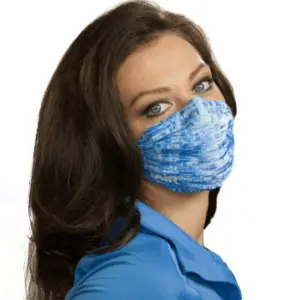
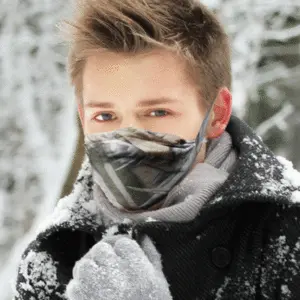
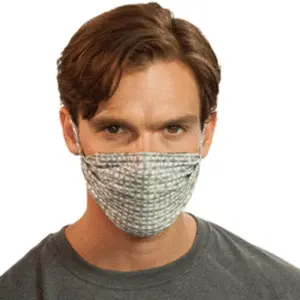
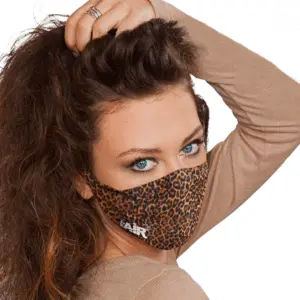
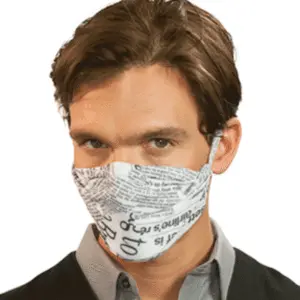



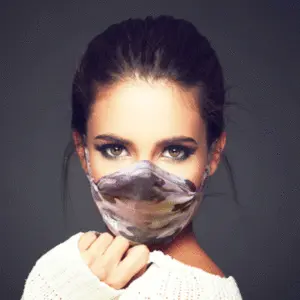
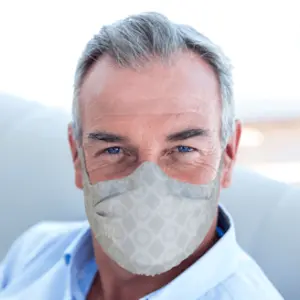
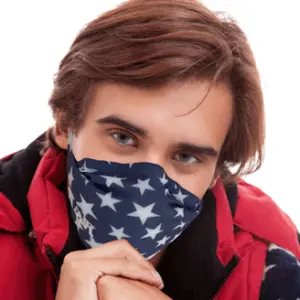

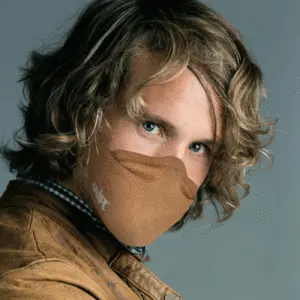


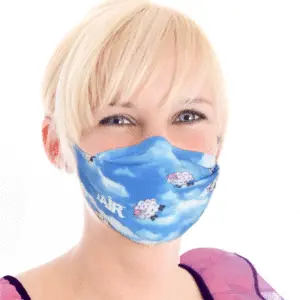
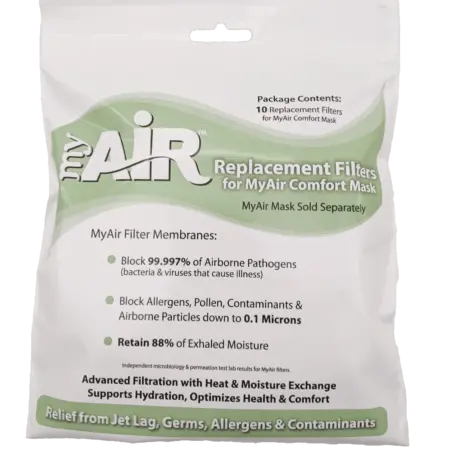
0 Comments